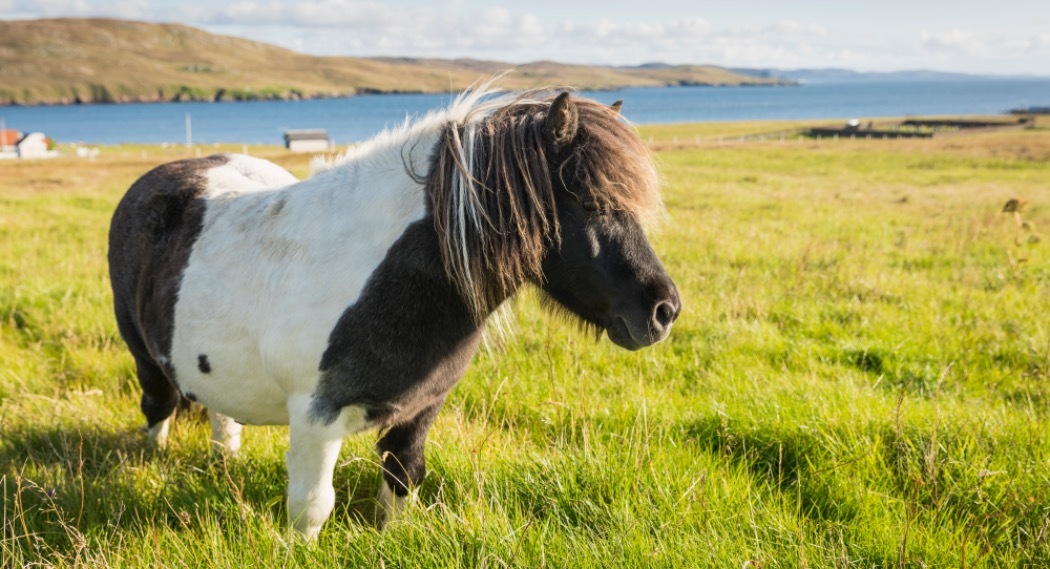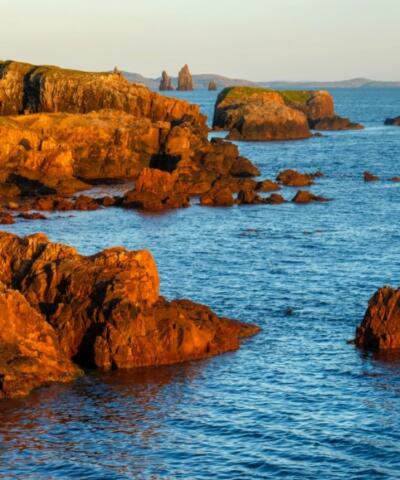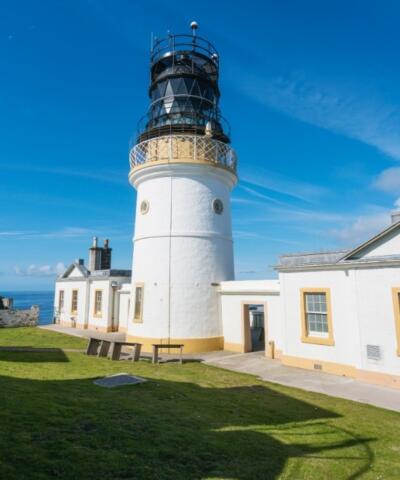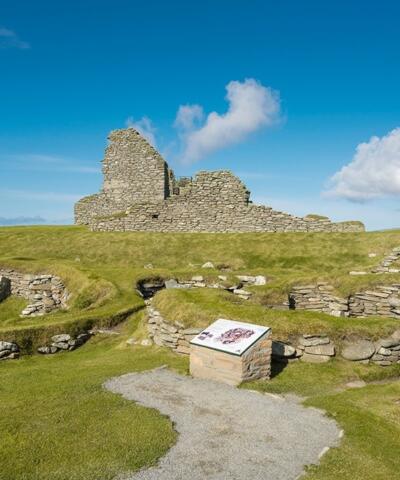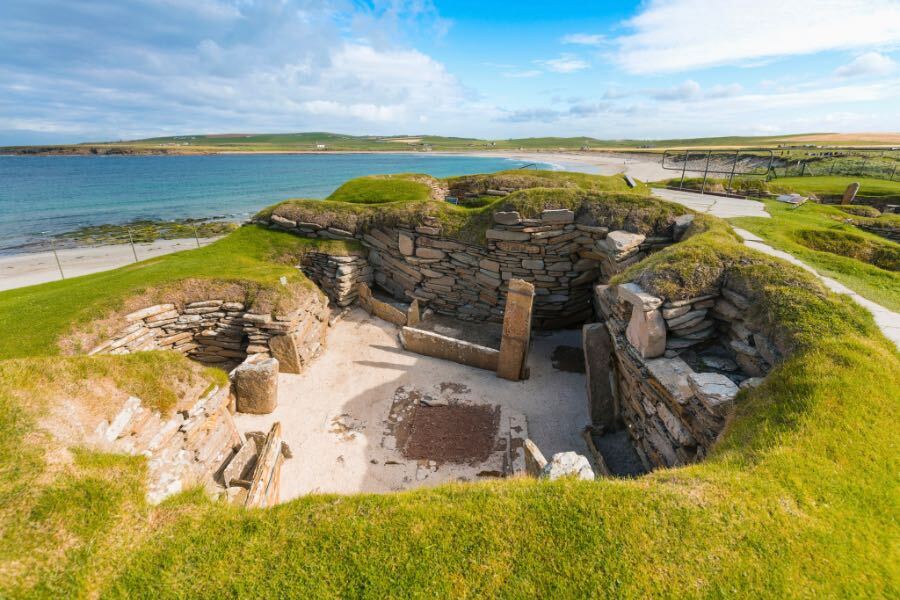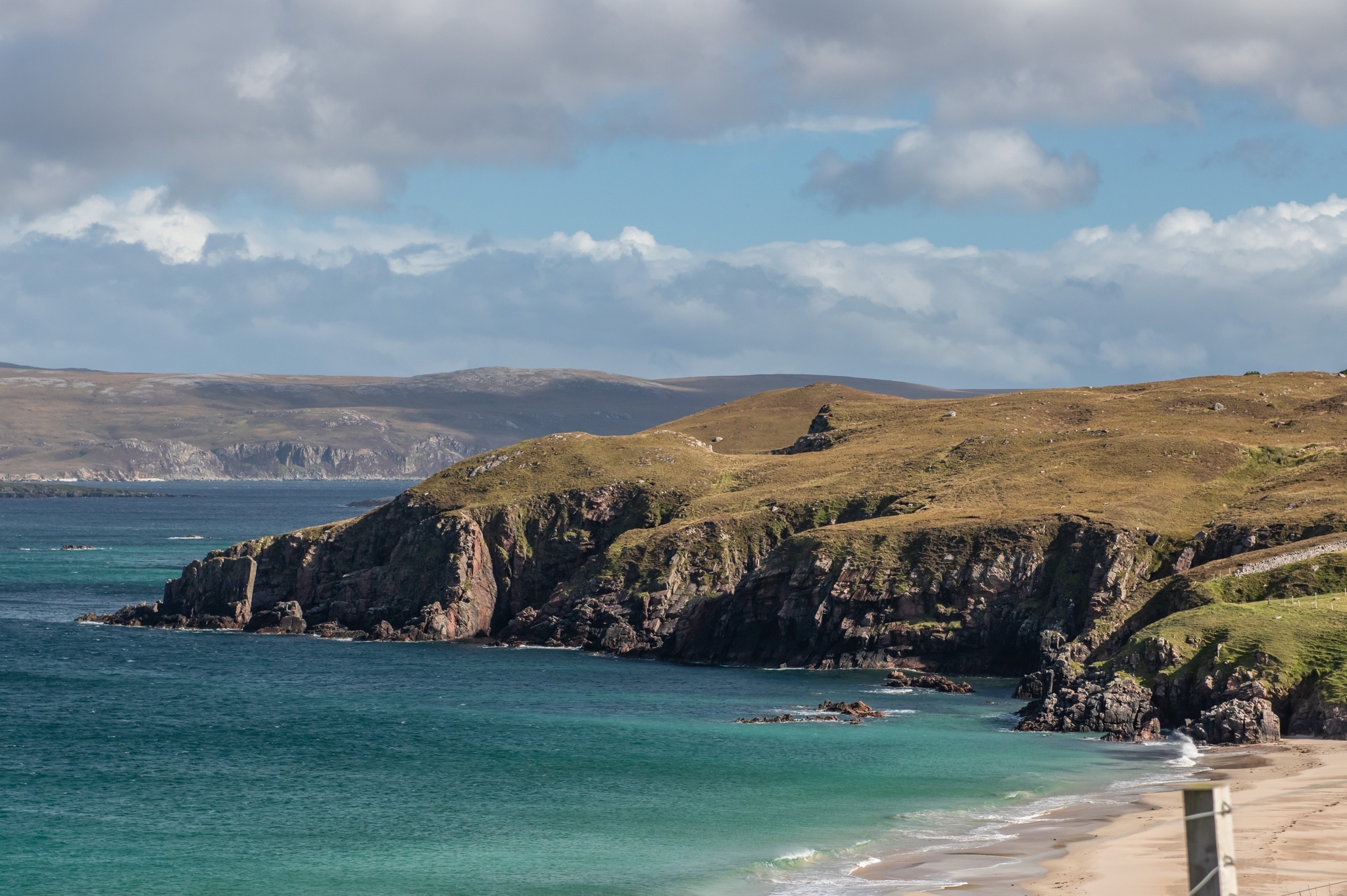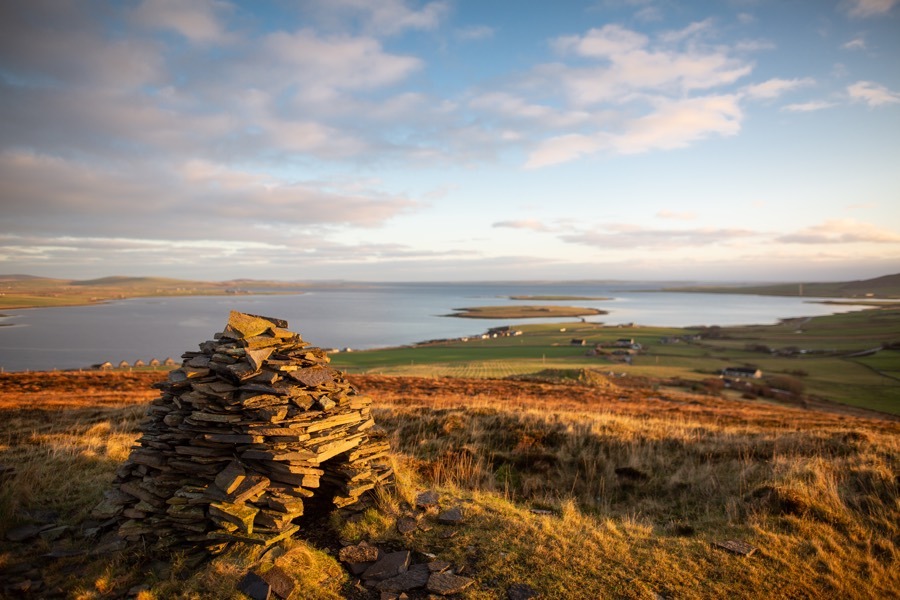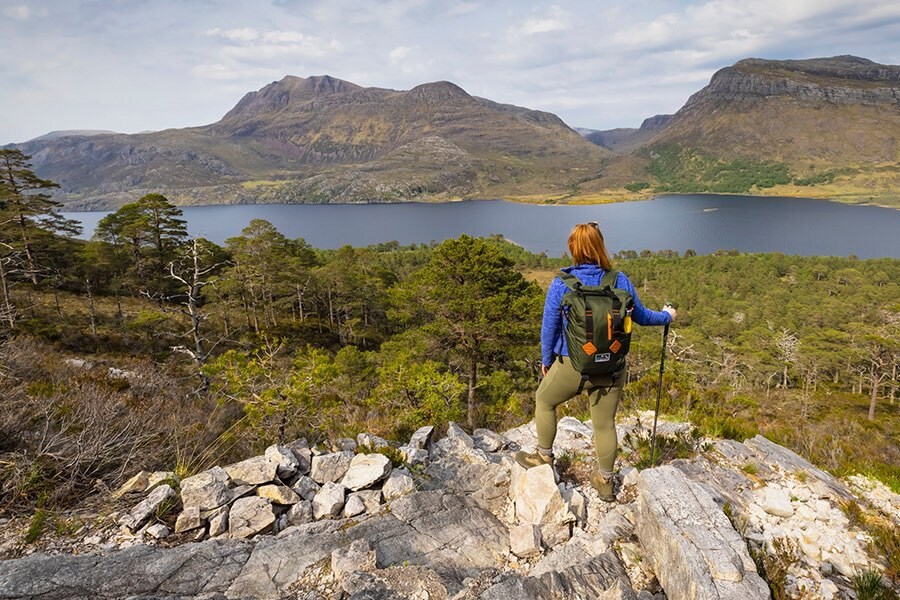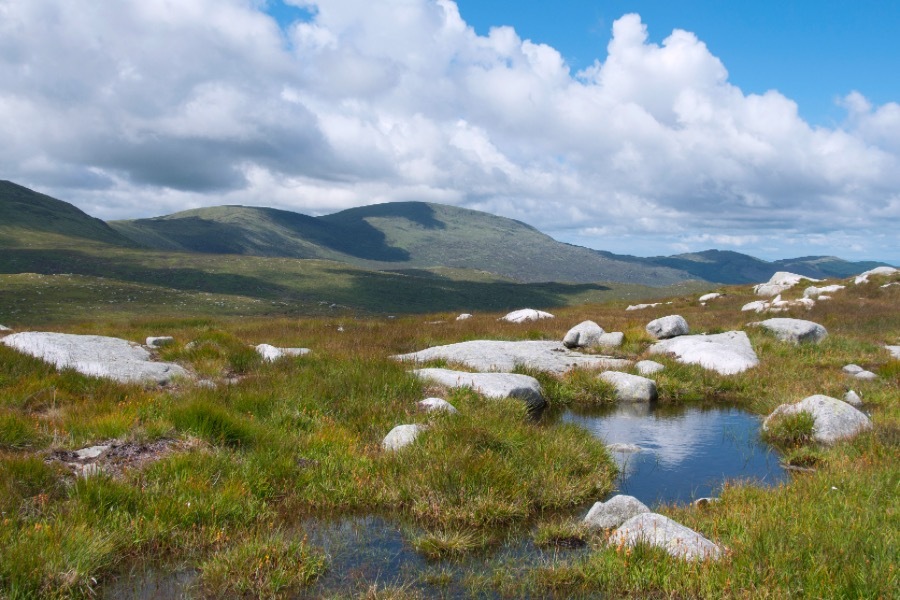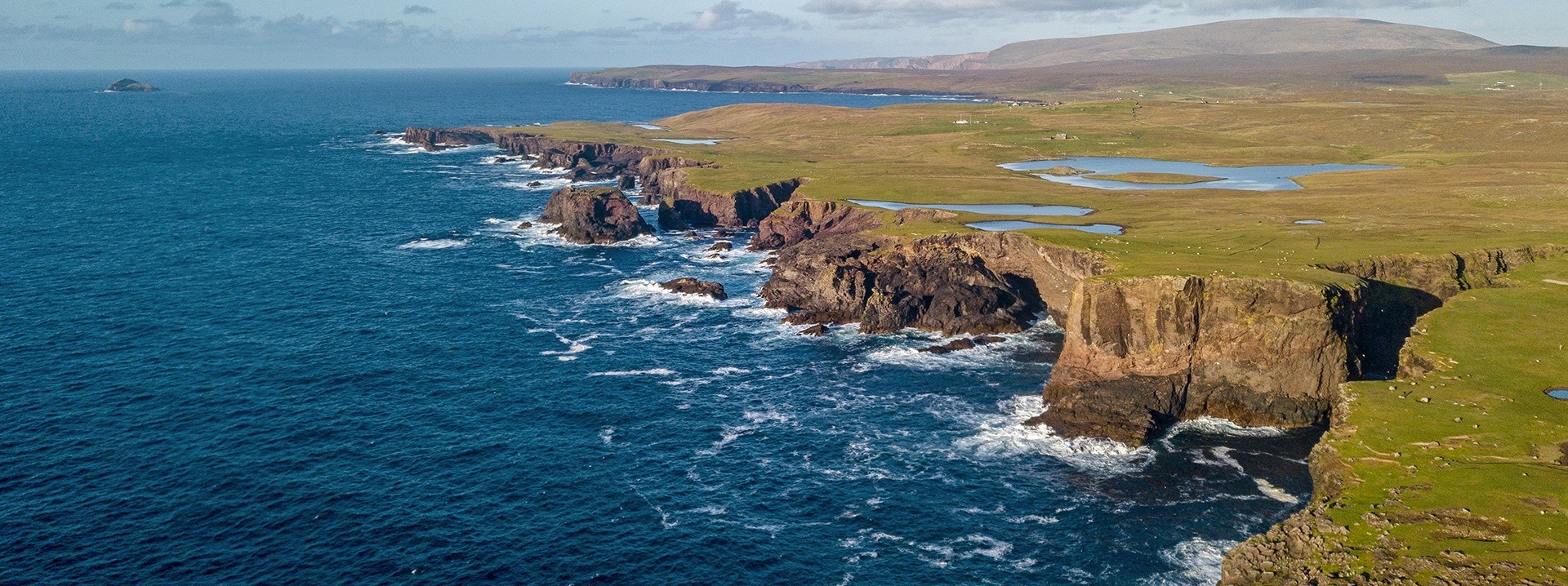
Shetland UNESCO Global Geopark
The islands you see today of Shetland have been on an incredible geological journey. This land has literally travelled from near the South Pole, across the equator, to its current spot at the crossroads of the North Atlantic and the North Sea. The geology of the islands influences every part of life – they provide a home for unique biodiversity and they influence human settlements, their activities, and their industries.
Due to the lack of trees and the abundance of stone, Shetland has some of the best-preserved archaeology in Europe. Explore the Shetland Geopark and you’ll discover not just the story of the islands, but the story of how the world has formed and changed over millions of years.
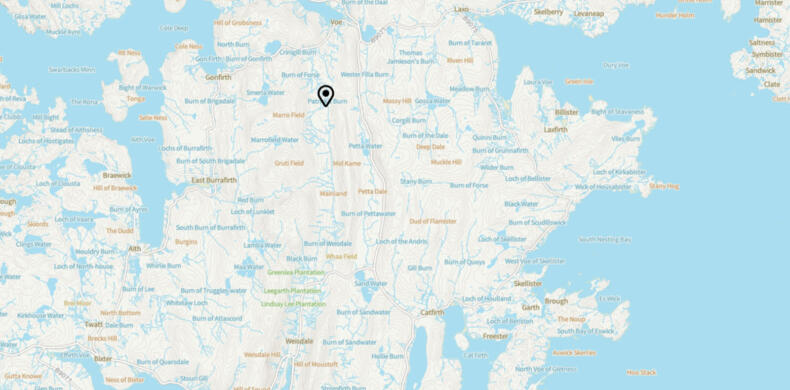
Why you should visit
Where else can you walk on an ancient ocean floor, explore an extinct volcano and stroll across shifting sands all in the space of a day? Shetland is like a giant geological jigsaw, each with a different history. Some of these rocks range from 3 billion to just over 300 million years, and their variety has influenced the diverse natural and culture heritage of the islands.
Whether folk are looking for adventure and action or peace and rest – Shetland has it all - in spades.”
When you visit
See the place names which reflect the geological features, explore some of the 100 geosites which showcase the landscape, and imagine what the world once was in the museum and gallery exhibits.
There are leaflets, walking trails and other guides to help you know what to see and learn more about Shetland’s geology.
Support local businesses
Scotland's UNESCO Trail is an opportunity to explore the country in a sustainable and responsible way. Browse our Green Tourism businesses in the area including accommodation, attractions, tours and food & drink. These businesses are assessed in a range of criteria from energy efficiency to biodiversity and awarded bronze, silver or gold accreditation.
Read more about sustainable ways to explore and travel on Scotland's UNESCO Trail.
The global geopark has a number of partner businesses who are committed to respecting the landscape and nature of Shetland, and work to protect, improve and promote the environment. Check out the northern isles journey below to see some of these businesses.
Best in class
How to visit
You can take public transport up north to the Shetland islands – you can travel to Aberdeen by train and by Citylink coach. You can then catch the ferry over to the islands.
The Northlink ferry overnight crossing runs from Aberdeen directly to Lerwick, three times a week taking around 12 hours. The other four weekly crossings see it stop at Kirkwall before Lerwick, which takes around 14 hours.
Planes also fly direct to Sumburgh Airport from Glasgow, Edinburgh, Aberdeen, Inverness or Kirkwall with Loganair, with connections from Birmingham, Belfast City, Bristol, Exeter, Manchester, Newcastle, Norwich and Teesside.
Shetland is part of the National Cycling Network and the North Sea Cycle Route passes through the islands. There is an extensive public bus network, an inter-ferry service which takes both foot passengers or vehicles, and inter-island flights take off from Tingwall, 6 miles outside Lerwick.
Find travel information for getting to Shetland.
Check the Shetland Travel Information website for travel within the islands.
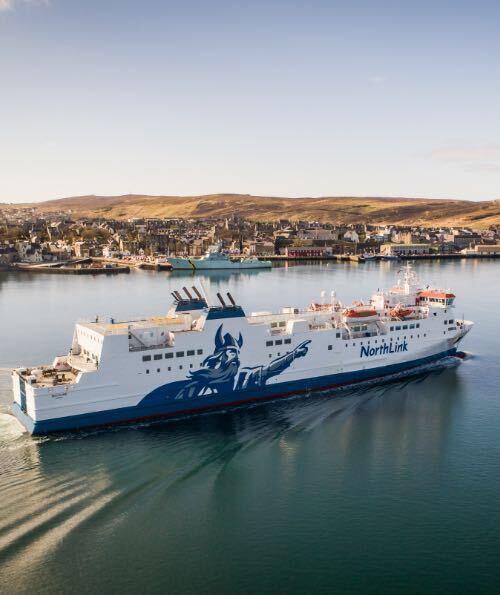
Journeys

Uncover the UNESCO Wonder of Scotland's Northern Isles
The north islands of Scotland are closer than you think, with frequent ferry crossings from the mainland and flight connections to and from Aberdeen and Inverness airports. Once here, getting around by car, foot or bike is a breeze thanks to a superb inter-island ferry network, quiet roads, and regular buses. Discover the best way to explore Shetland and Orkney with information on transport, accommodation, places to eat and attractions.
View JourneyLearn more about UNESCO
Es gibt zwei UNESCO-Geoparks in Schottland.
Erfahren Sie mehr über Schottlands UNESCO Trail und sehen Sie sich das Video „UNESCO: Erklärt“ an
United Nations Sustainable Development Goals
Shetland Geopark works to conserve the geological heritage of the archipelago, demonstrate its ties to the natural and cultural heritage of its islands, raise awareness and understanding of that history, and promote sustainable development that supports heritage and geotourism.
- Find out more from UNESCO about the Shetland Geopark.
- Check out all of the UN Sustainable Development Goals.
- Read more about Scotland's UNESCO Trail and watch UNESCO: Explained.
- See how to be a responsible visitor to Scotland.
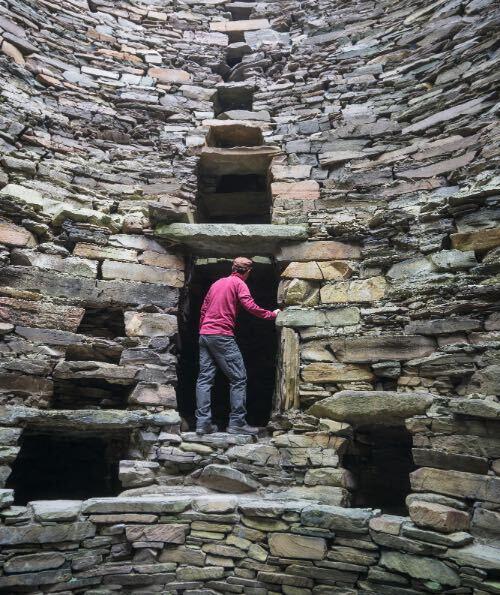
Die Nachhaltigkeitsziele des Geoparks Shetland
So arbeitet der Geopark Shetland auf drei der Ziele hin.
Goal 3
Good Health & Wellbeing
By encouraging people to explore the outdoors we are contributing to healthy lifestyles and combating obesity. This is achieved by visiting sites, walking, and events such as Nature Week.
Goal 4
Quality Education
By actively educating the local community and visitors of all ages, the geopark serves as an outdoor classroom and incubator for sustainability, cultural diversity, and peace. Museums such as the Shetland Museum and Archives explore these themes through their learning programmes and exhibitions.T
Goal 11
Sustainable cities & communities
Instilling in the geopark community a sense of pride and regional identity. This is achieved through high-profile events like the excavation of Old Scatness, and small actions, such as introducing residents to new places during Nature Week.
Useful links
More information
Shetland Amenity Trust Archaeological blogsVisiting the area
Shetland Lerwick iCentre